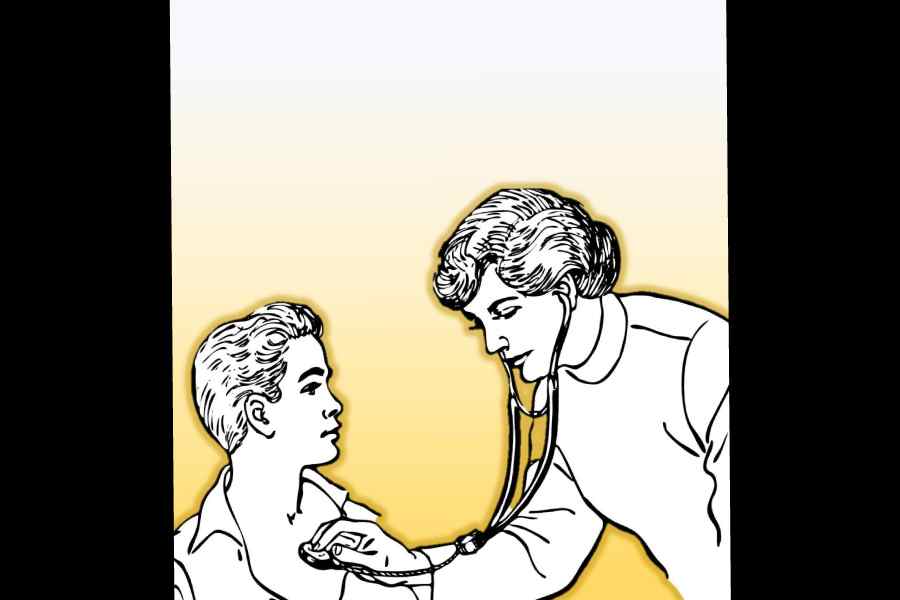National Doctors’ Day in India is observed on July 1 every year in memory of Dr Bidhan Chandra Roy. Roy’s legacy was epitomised by my teachers at medical school. This piece attempts to capture the ethos of this bygone era through three teachers and their views on the limits of medicine, clinical acumen, and scholarship coupled with critical thinking and ethics.
During the introductory address, our dean, Dr M.P. Mishra, asked if anyone drove a car. One girl raised her hand. He asked her to imagine what would be her options if her car broke down in a village that has one cycle mechanic. She said she would approach the cycle mechanic. Mishra remarked that doctors are like cycle mechanics trying to fix a car. Just as the cycle mechanic can identify a loose wire or a fused plug with a stroke of luck, doctors can fix a cataract or a broken bone, but most of the mechanisms by which a body heals itself elude them. Mishra used the analogy to teach us about the importance of humility before nature and the limitations of medicine.
The second memorable lesson we learnt was from Dr Tejwani. Those were the days when we had access to only an X-ray; there was no ultrasound, CT scan or MRI. But Tejwani’s clinical acumen compensated for all these. He used all his five senses simultaneously while examining patients. For instance, he would be listening to a patient’s heart with his stethoscope while feeling the abdomen of another patient on the adjacent bed and going through the ECG of a third patient! Yet, he rarely missed the faintest of clinical signs. We remember him finding a borderline pleural effusion (fluid in the chest cavity) even before the patient had a chest X-ray. What Tejwani taught us was the principle of Ars longa, vita brevis (The Art is Long; Life is Short) as Hippocrates had put it.
With medical technology like ultrasonography, CT scan, and MRI, we are making strides in the science of medicine at the cost of its art. The science helps us make precise diagnosis; the art bonds the patient with the doctor. The present generation of doctors should combine both the art and the science of medicine to establish better doctor-patient relationships.
The third and final lesson was learnt from a teacher who was a legend in his lifetime — Dr J.E. Park, Professor of Preventive Medicine. He had very high standards of integrity and hard work. His Textbook of Preventive and Social Medicine is well-known among the medical fraternity even today. He valued virtues more than even scholarship. He emphasised that scholarship without virtues is sterile and gave us the ‘3 Cs’ to follow in our professional career: ‘Creativity’, ‘Critical thinking’, and ‘Courage of convictions’. He went so far as to say that if we followed these ‘3 Cs’, we would not need to read his book from cover to cover.
This is the lost era of medicine. Science dictates the practice of medicine currently. This has spawned specialisations and sub-specialisations. In a bygone era, one doctor cared for many patients. Today, there are many doctors for one patient. Corporatisation has usurped the autonomy of doctors. From a calling, medicine has become big business.
Doctors’ Day is an occasion to reminisce about what we have gained and what we
have lost.










